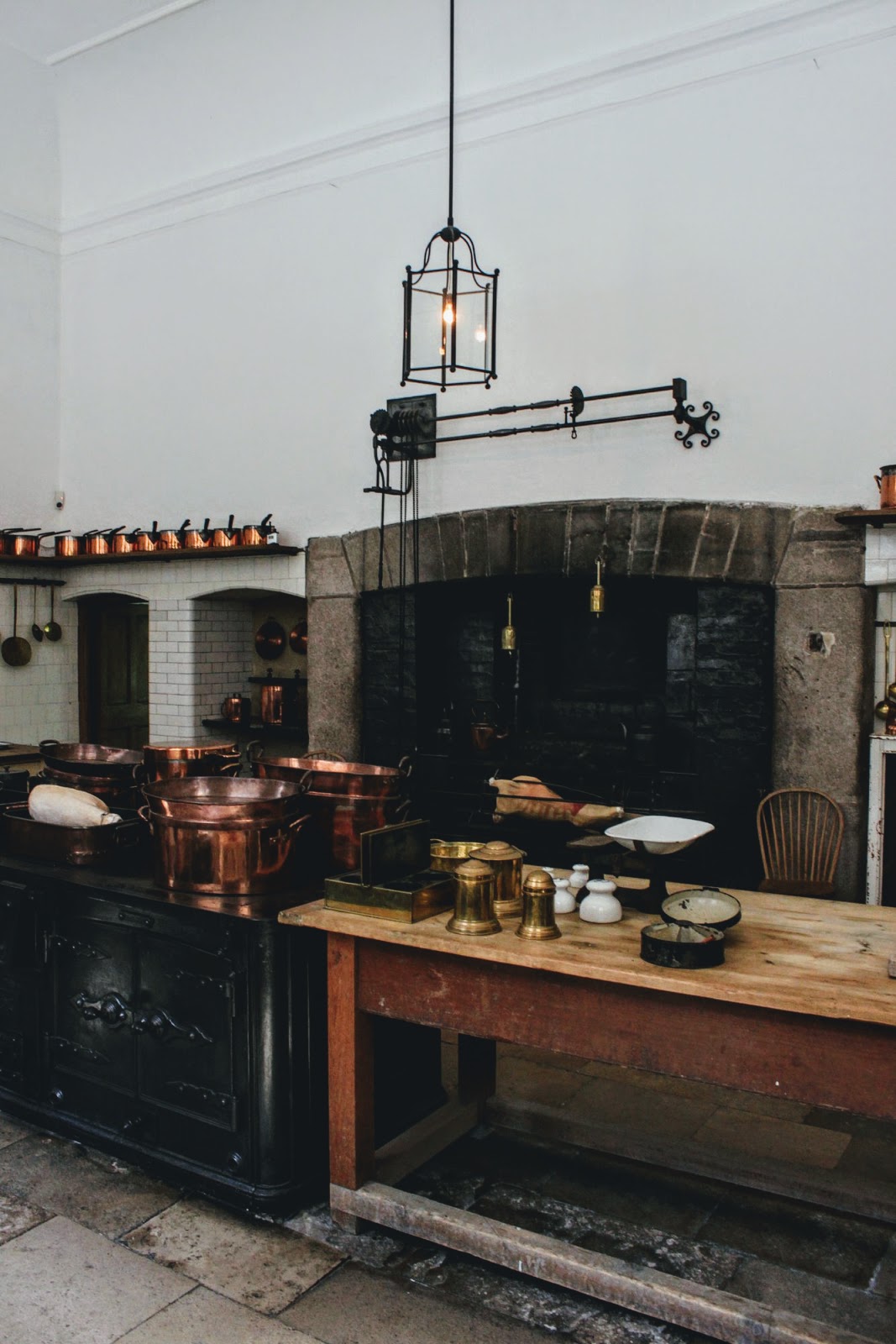Whenever my parents are visiting me in Exeter, I make damn sure that I take advantage of their set of wheels as best as I can. So when they suggested that we spend a day in Exeter itself, I promptly threw a tantrum until they agreed to take me to a National Trust property down in Plymouth. Yes, I am simultaneously a toddler and a pensioner.
Embarrassing anecdotes about my character aside, Saltram has been on my radar since the NT handbook landed plumply on our doormat. Glorious photos showed lavish rooms decked in velvet and silk. I realise that I am being incredibly uncool by getting excited over country houses and National Trust memberships but unfortunately, that is just the kind of person I am now that I've reached the grand old age of 25!
The house is named after the salt marshes nearby and a home has stood on the site since Tudor times. Overlooking the River Plym, the prominent Georgian structure was built around the original homestead, completely masking the house's Tudor origins. Little hints to the house's true age can be spotted as the visitor takes a tour around the house, especially around the kitchens and through the haphazard corridors, with ceilings and floor heights dipping and rising almost nonsensically, and the the sense that there are many hidden rooms behind the house's exterior.
The house was remodelled for the Parker family, who owned the manor from 1712 until 1957 when it was donated to the National Trust. Over the years, the various generations of the Parker family embellished the house with Rococo and neo-classical touches. One of the most famous rooms is the elegant drawing room, home to giant chandeliers. Of course, on the day we visited, important renovation works were being carried out on the drawing room. However this gave us the chance to see historical preservation work in action which was very interesting to see. The drawing room, bare of its chandeliers and with rather clinical lighting to illuminate the works, almost resembled a surgery theatre.
The kitchens were huge and lavish with an abundance of sinks for different purposes like you've never seen before. Hot air currents were channelled to keep the spit turning over the fire and a range cooker was installed to rival that of Queen Victoria's kitchens! All of this is housed in the old brewery which was converted to a kitchen after a fire broke out.
Upstairs, visitors can see the famous Chinese wallpaper up close. Whilst it might at first appear to be one large scene wrapped around the room, it was actually made up of two Chinese prints which were then cut up and rearranged to form a collage with a panoramic appearance. This is an early example of experimentation with Asian art before purpose-made Chinese wallpapers abounded from the 1750s onwards.
Back outside in gardens scented with orange-blossom, we stopped at the chapel tearooms, where gargantuan pots of tea are served with pretty, mismatched crockery and the pews have been swapped for tables adorned in lace tablecloths. Before leaving, we made a quick trip to see the beautiful old orangery, sadly bare inside now but nevertheless a beautiful structure with its high windows, through which the sunlight came streaming down. And with that, it was time to dash back to Exeter again.




































No comments:
Post a Comment
I love receiving your comments and try to respond to every one. Please go ahead and leave your blog link, I'm always looking for new people to follow!